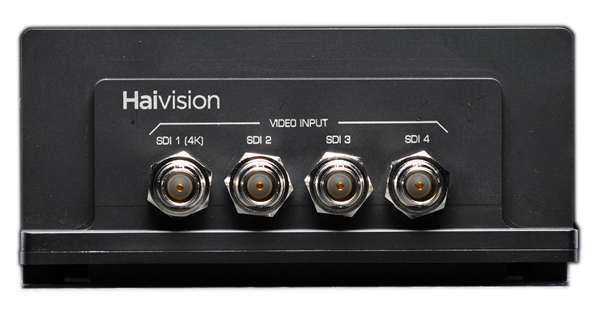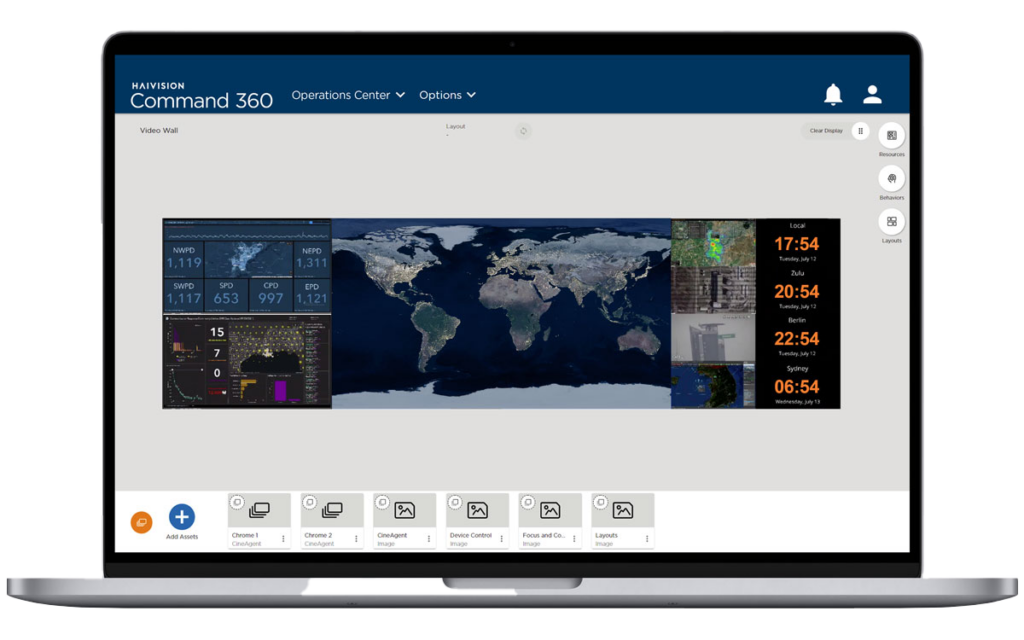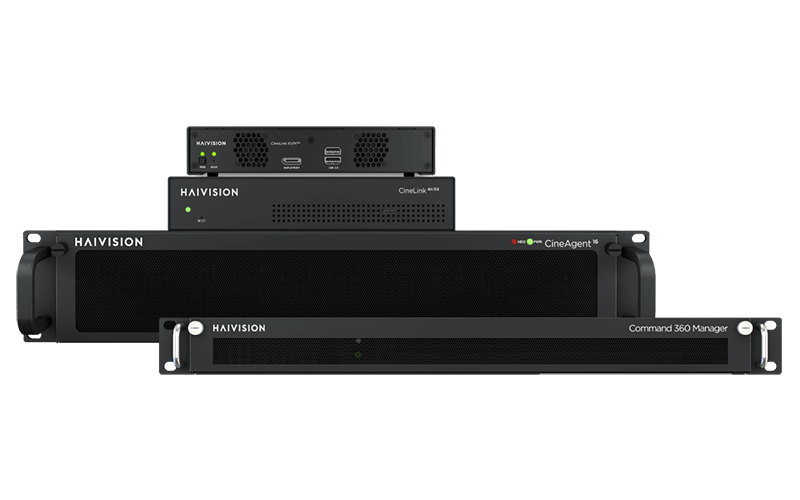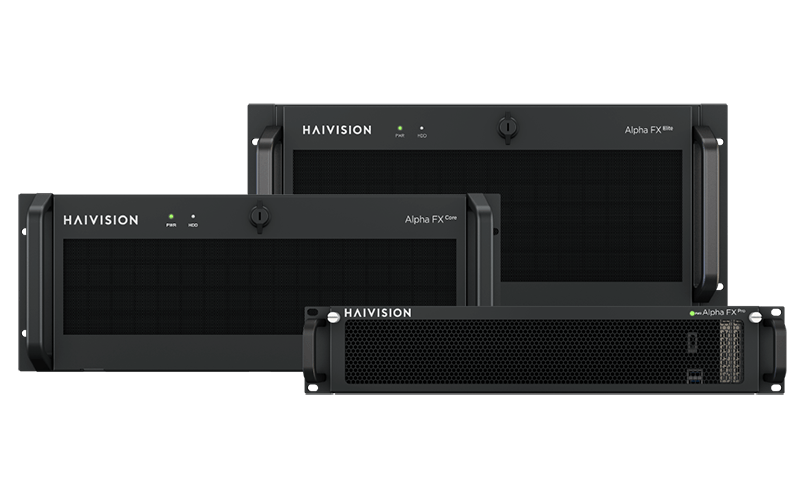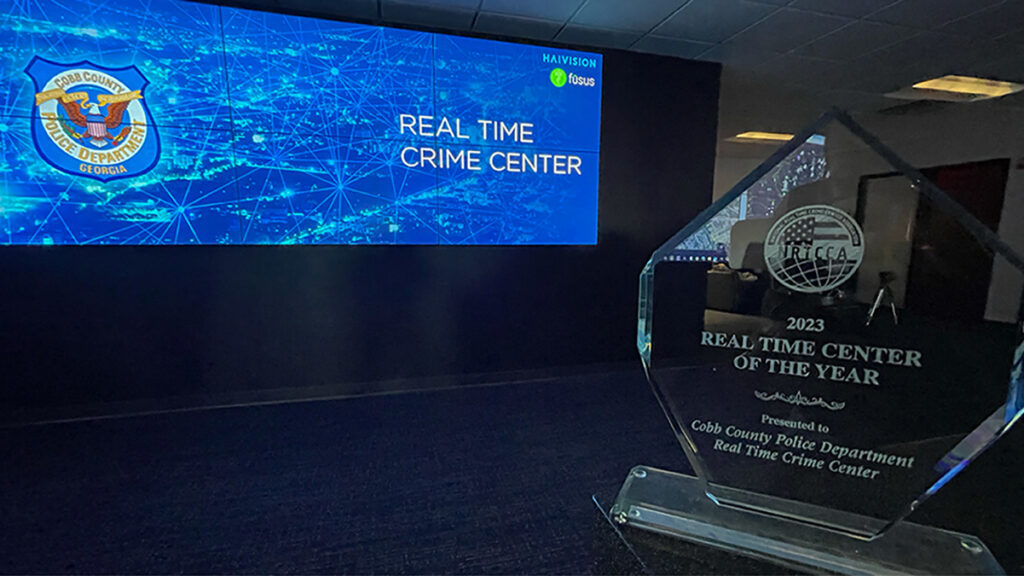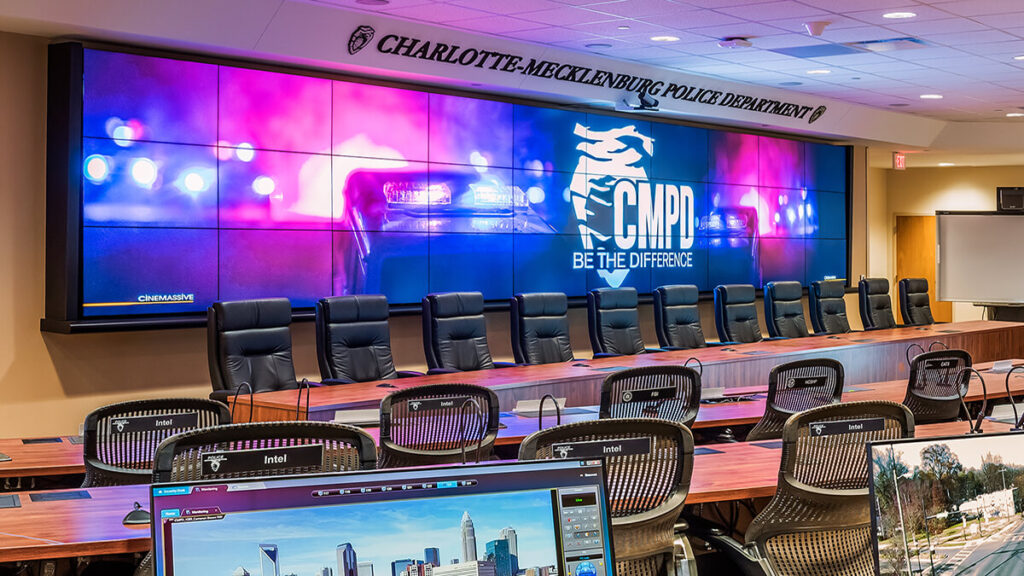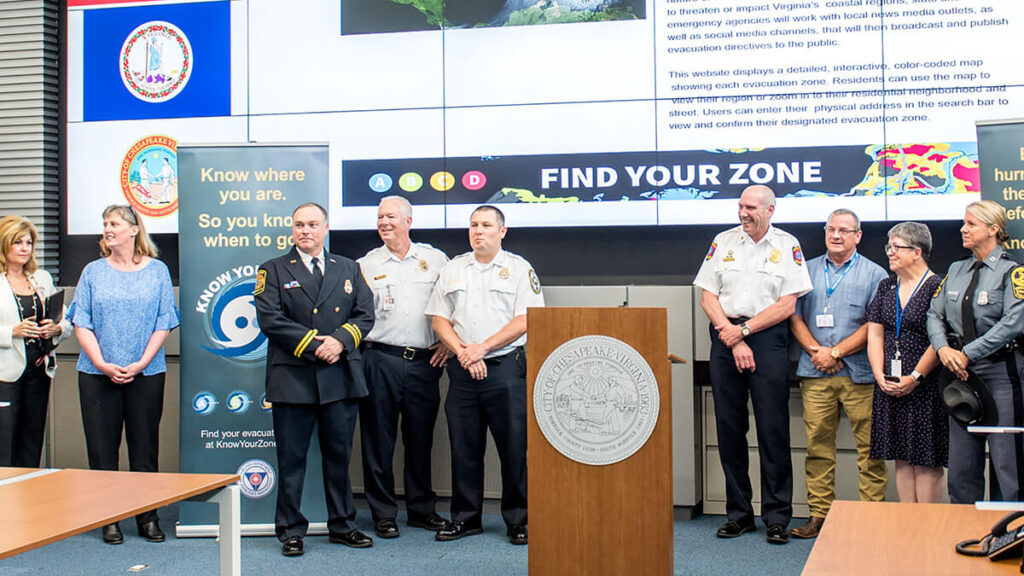Miami Gardens Police Department Real Time Crime Center
How Haivision Technology Enables Faster, Safer, and More Effective Crime Fighting
Since its establishment in 2007, the Miami Gardens Police Department has worked to protect and serve the 110,000 residents of Miami Gardens, Florida. The department currently employs a total of 259 members, including 201 sworn officers and 58 non-sworn support personnel. Placing a strong focus on community interaction, the Miami Gardens Police Department is committed to working cooperatively with residents to build a safer city.
“The true benefit of the RTCC is what it will give to the citizens of the community. Living in fear isn’t something anyone wants to do, and it’s something our community shouldn’t tolerate. We are looking forward to the RTCC decreasing the amount of fear in our citizens from being victimized.”
Sergeant Erik Gleason
Miami Gardens Police Department

The Challenge
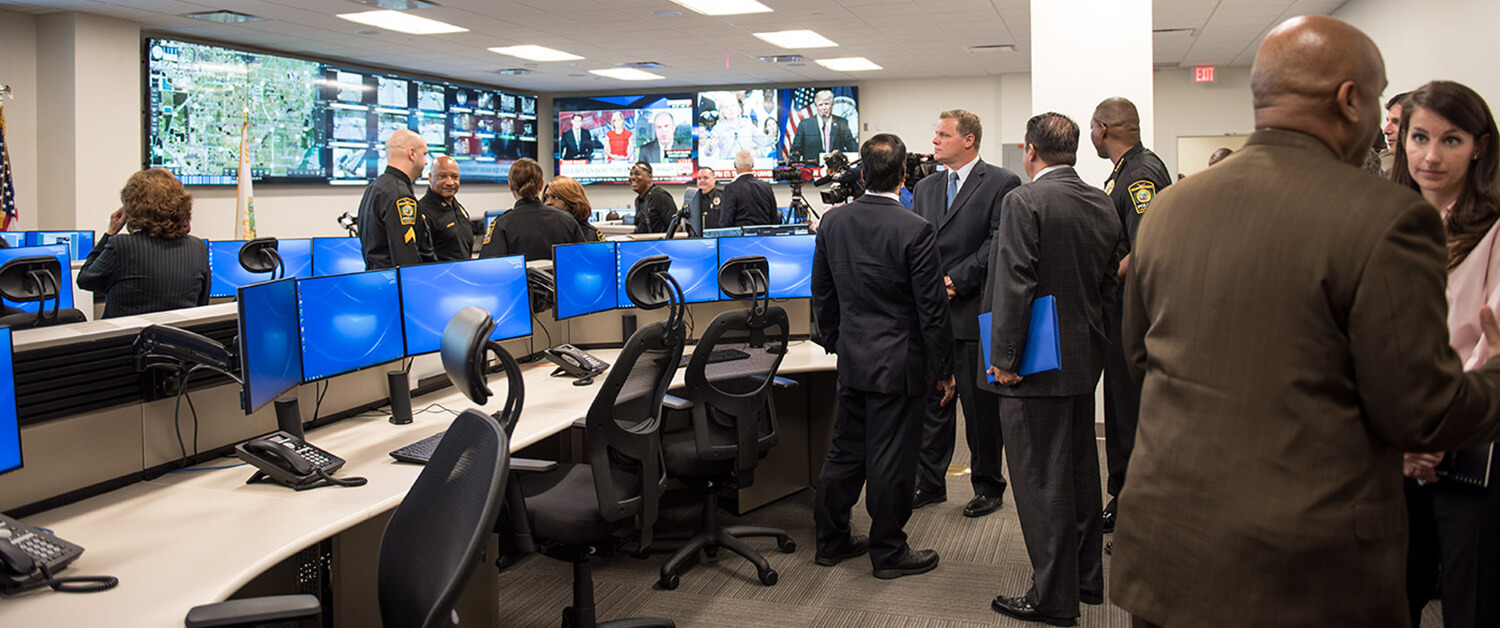
In 2015, the Miami Gardens Police Department met with city officials to discuss strategies for reducing crime in the community. The police department was eager to enhance its operations with new high-tech crime monitoring software, but its facilities lacked the display technology that would be needed to leverage these tools.
Together with city officials, the police department proposed the creation of a new Real Time Crime Center: a high-tech facility equipped with a powerful video wall system where the latest policing tools could be displayed and monitored. The residents of Miami Gardens approved the proposal, agreeing to fund the facility through the city’s $60 million general obligation bond.
As planning for the Real Time Crime Center (RTCC) got underway, the City of Miami Gardens began evaluating vendors for the facility’s video wall solution. After a brief bidding process, the project was awarded to Haivision. “We needed a company that could deliver a complete system,” explains Miami Gardens Sergeant Erik Gleason. Haivision’s ability to design and deliver a turn-key solution – including video walls, a video wall controller, and software – was a major advantage. Over the months that followed, Haivision would work closely with the police department and city officials to deliver a purpose-built video wall solution for the Real Time Crime Center.
The Solution
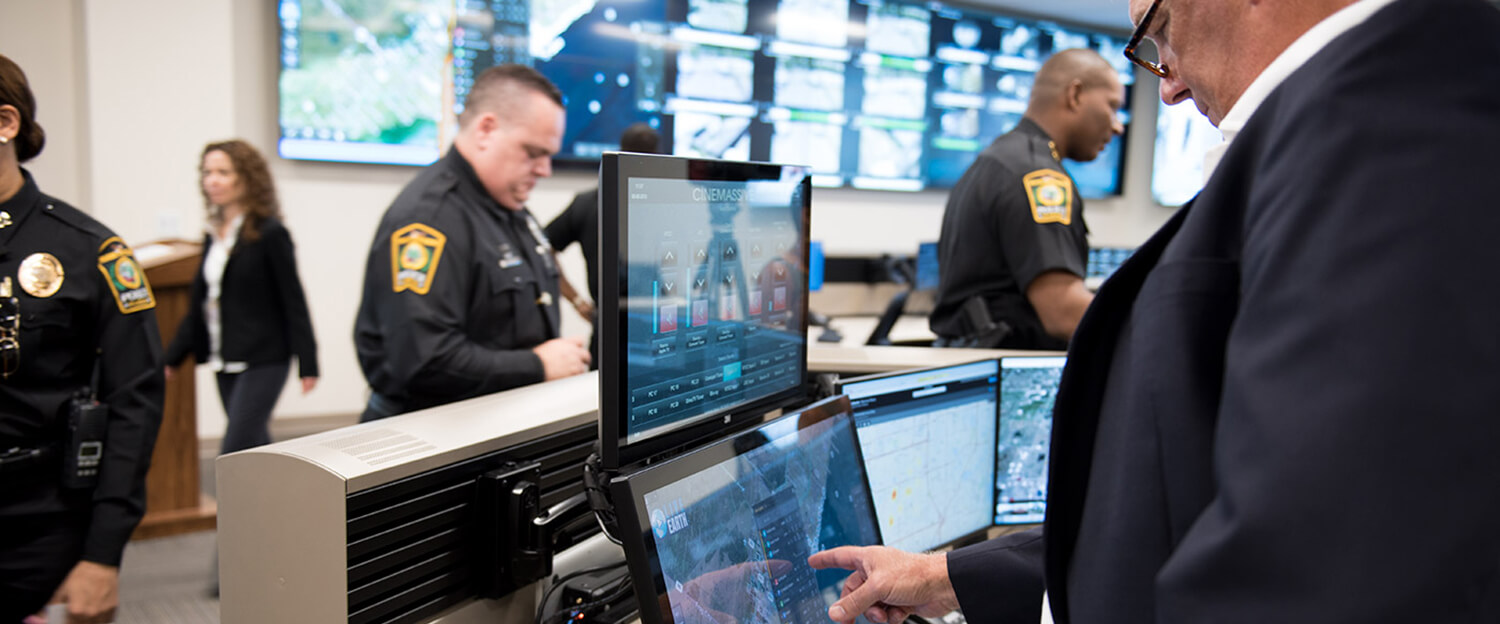
Completed in August 2016, the Real Time Crime Center features two main spaces: a large control room for day-to-day operations and a Joint Operations Center (JOC) for collaboration with federal agencies. The two rooms are connected by a turn-key Haivision visualization system featuring four high-resolution video walls and several auxiliary displays.
In the facility’s main control room, three bright video wall display an arrangement of camera feeds and real-time policing tools. Built in configurations of 6×2, 5×2, and 4×2 displays, the video walls feature ultra-narrow bezels, creating a seamless effect. In the adjacent Joint Operations Center, a smaller 2×2 video wall and two auxiliary displays are mounted above a conference table. Three additional rooms on the next floor – the police chief’s office, police chief’s conference room, and assistant police chief’s office – are also equipped with auxiliary displays, providing the officials with a real-time view of activity on the video wall system.
Seated at workstations in the RTCC control room, a team of officers, detectives, and crime analysts study the content on the video walls. As part of their daily operations, the team monitors video analytics programs, license plate scanners, television news, and ShotSpotter, a real-time gunfire detection solution that maps the location of shots fired in the city. They also use Live Earth, a digital PSIM platform that pulls real-time data from emergency calls, surveillance applications, and more into a live, 3D map of the city.
A Haivision Alpha video wall processor allows all of these tools and applications to be displayed on the video wall system simultaneously. By uniting their data sources in a single view, analysts can visualize crime hotspots, identify connections between crimes, and contextualize incidents within larger trends.
When an incident occurs, the team uses Haivision video wall software to display and manage the tools they need on the video wall – from surveillance cameras to criminal databases. With Haivision’s video wall solution, operators can load pre-arranged layouts of applications, zoom in on selected camera feeds, and dynamically pull in new content sources as needed. The user-friendly software helps them gather intelligence quickly so they can provide responding officers with critical insights. “With the Haivision video wall solution, we’re able to easily control any video feed or data source on the video wall from any of our monitors,” Sergeant Gleason explains.
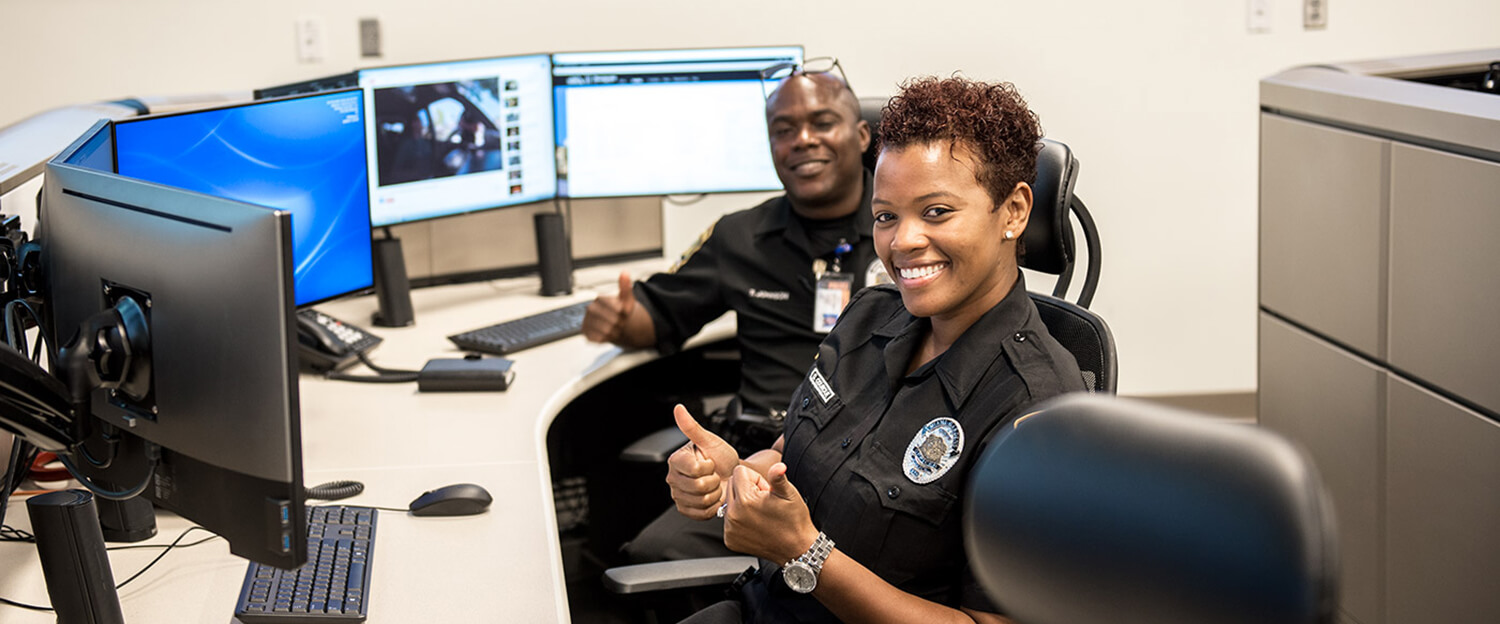
The Result
The Real Time Crime Center and its Haivision visualization system have transformed the way the Miami Gardens Police Department fights crime. Armed with a deeper understanding of crime in the community, the department can now identify crime trends and hotspots, use its resources more effectively, and work faster and safer to intercept criminals.
City officials are grateful to the residents for funding the project and believe the community will see a significant drop in crime over the years to come. “The Real Time Crime Center was made possible by the support of Miami Gardens residents,” says Mayor Oliver Gilbert. “Now residents can rest assured that we are committed, and now equipped, to prevent and capture the people who choose to do bad things in our community.”
Sergeant Gleason is pleased to be taking part in creating a safer city for future generations. “At the end of the day,” he reflects, “the true benefit of the RTCC is what it will give to the citizens of the community. Living in fear isn’t something anyone wants to do, and it’s something our community shouldn’t tolerate. We are looking forward to the RTCC decreasing the amount of fear in our citizens from being victimized.”









